Book Review: Symbols, Art, and Language from the Land of the Dragon
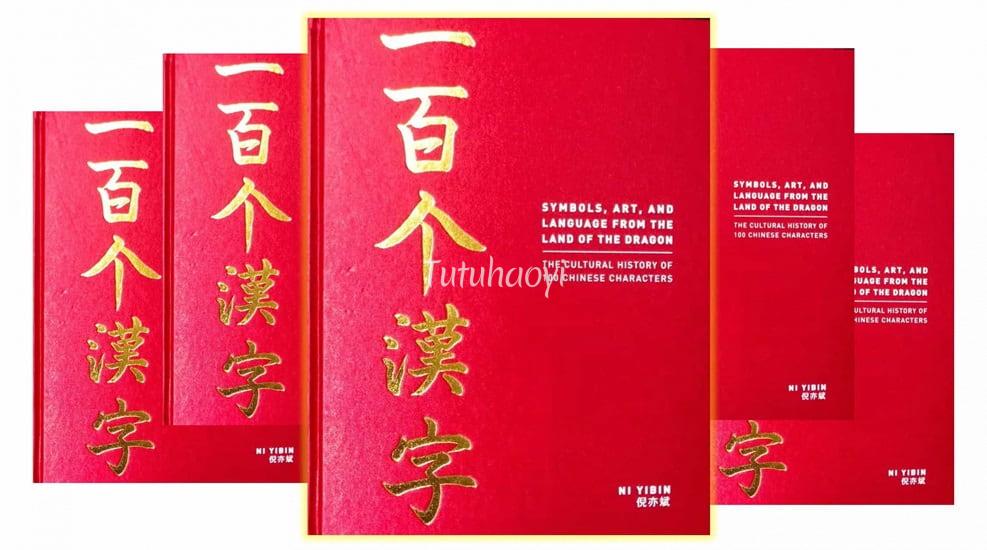
Strong recommendation of a never-aging pleasant reading- Symbols, art, and language from the land of the dragon: The cultural history of 100 Chinese characters
Book name in Chinese: 一百个漢字
Author: Ni, Yibin
Format: Book, hardcover
Language: English
First published in the United Kingdom and Ireland in 2009 by Duncan Baird Publishers Ltd
Description: 191 p. : ill. ; 31 cm.

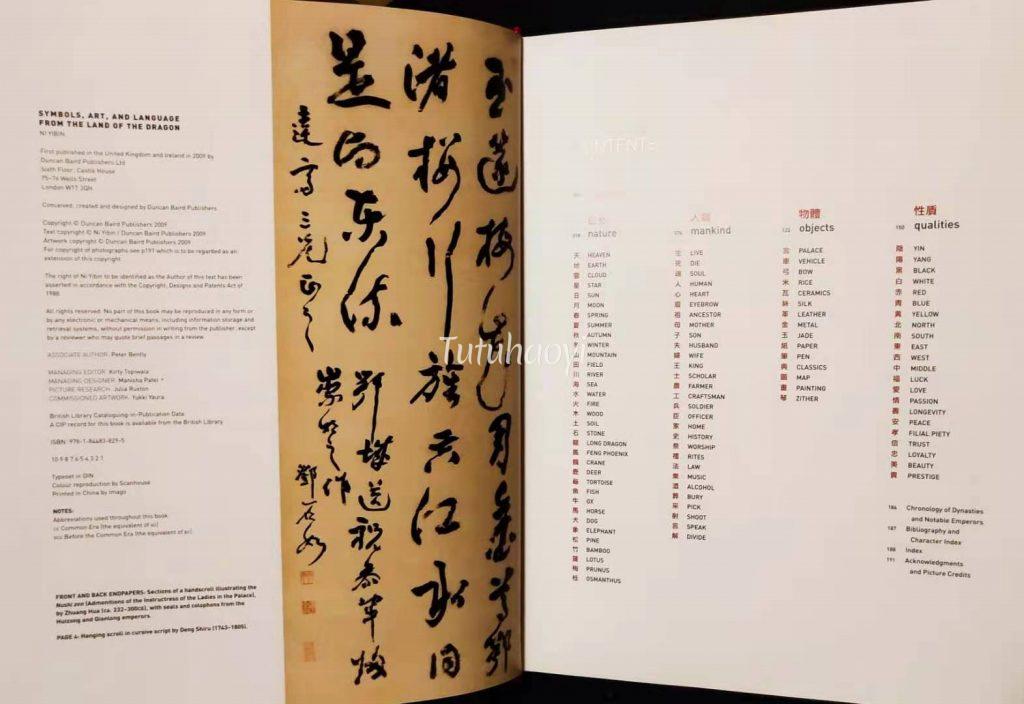
Amazon book review
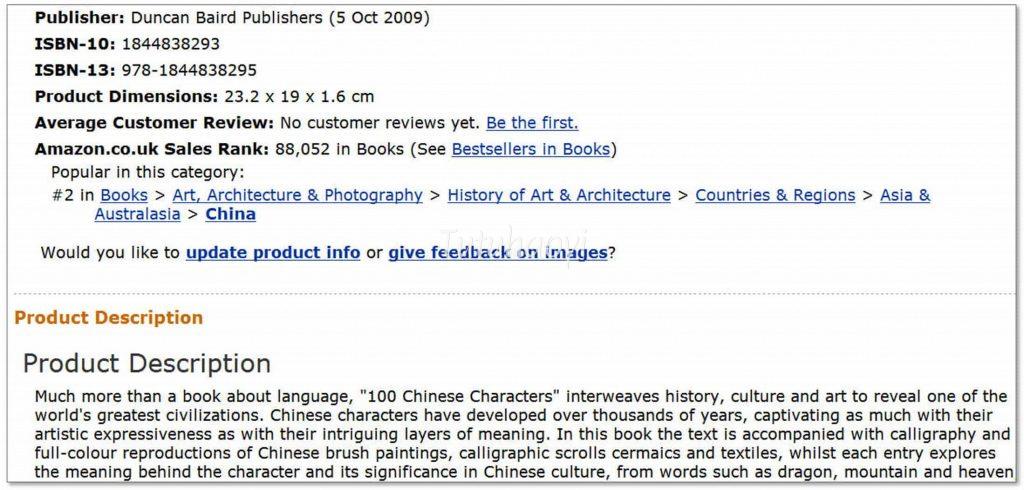
2010 Frankfurt book fair
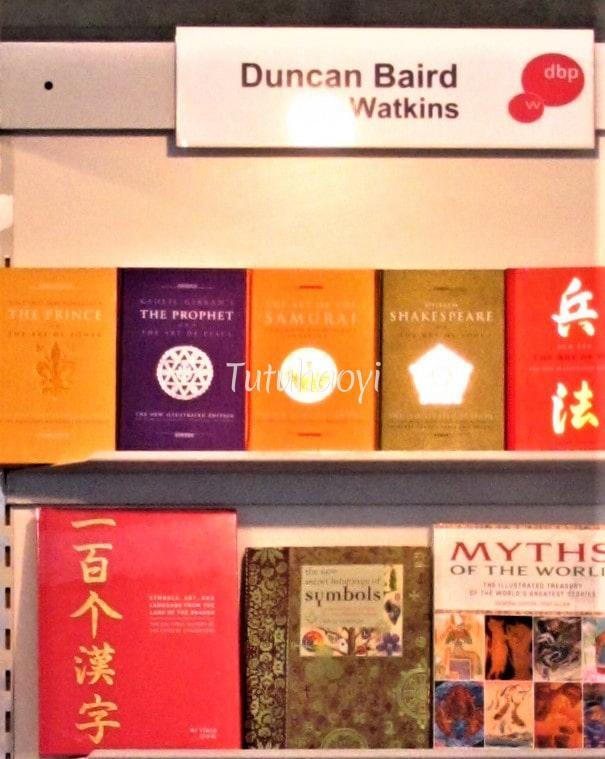
Complex, beautiful, and intriguing, Chinese characters have developed over thousands of years, captivating as much with their artistic expressiveness as with their intriguing layers of meaning. From the earliest symbols engraved onto pieces of bone to the comprehensive writing system in use today, they have matured and diversified through the centuries – written reflections of a unique and fascinating culture.
Symbols, Art, and Language from the Land of the Dragon draws together one hundred of the most significant characters, placing them within their historical, artistic, and social contexts, and tracing the evolution to the present day. Interweaving history, culture, art, and language, this book offers new and rewarding insights into a great civilisation.
Yibin Ni (Ph.d), who used to teach Chinese art and culture at the National University of Singapore, is now an independence scholar and freelance writer. An expert in Chinese iconography, he has contributed to numerous publications including China (DBP, 2005).
A long-lasting book both for pleasure-reading and referencing. See comment on the Seattle Times:

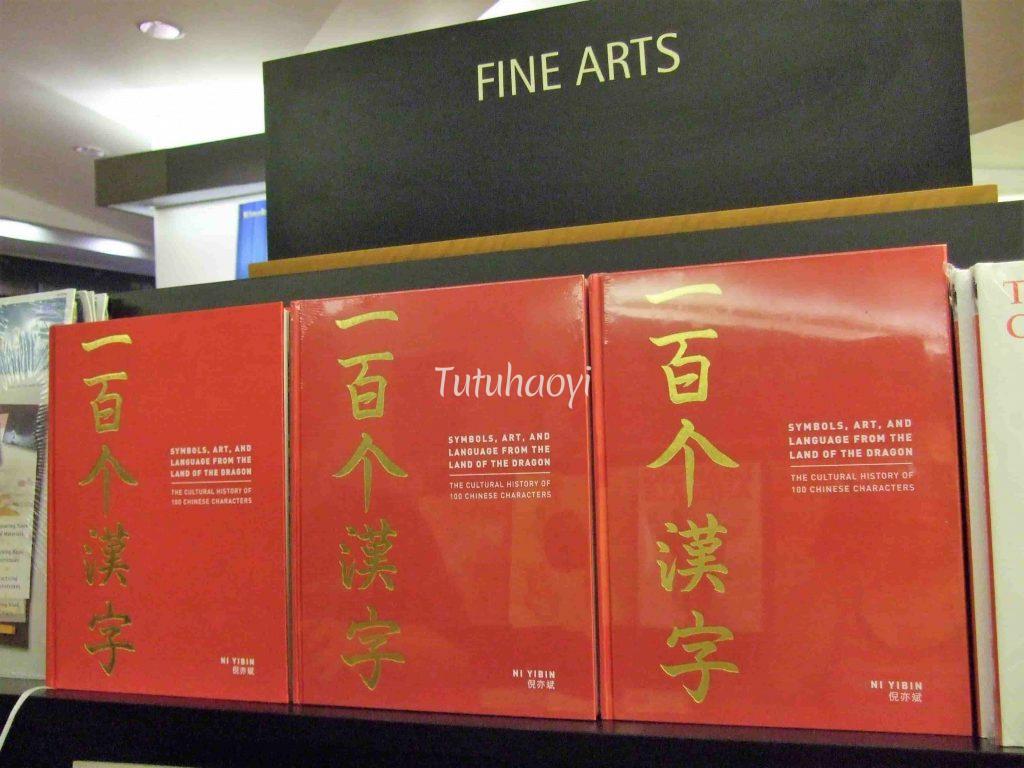

About Chinese Characters (adapted from Introduction):
A Chinese character is composed of one or more “root characters” (radicals), selected from a set of more than 400, which usually have a meaning as well as an associated pronunciation. Most early Chinese words had just one syllable and were thus represented by only one of these characters. In modern times, however, a Chinese spoken word usually consists of more than one syllable, and is put down on paper in the form of one, two or more characters accordingly. Each resulting character has a meaning component or a sound component, or both.
The unique complexity and symbolism of these character forms, and the ways in which they have been expressed through varying scripts and styles, lie at the heart of Chinese culture and history.
Let’s appreciate some of the characters, courtesy of Duncan Baird Publishers.
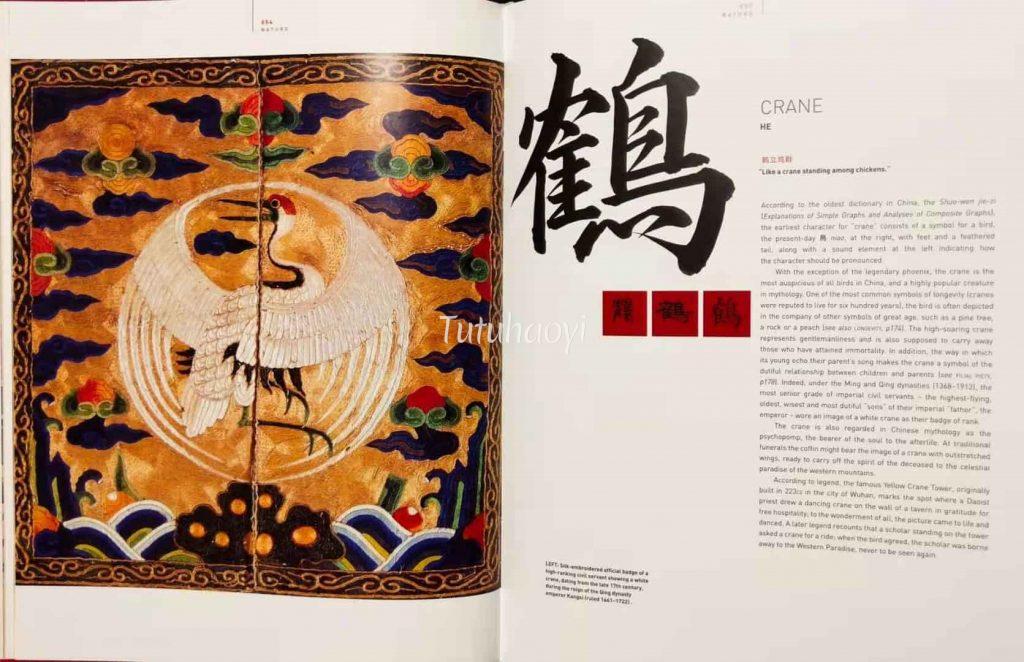





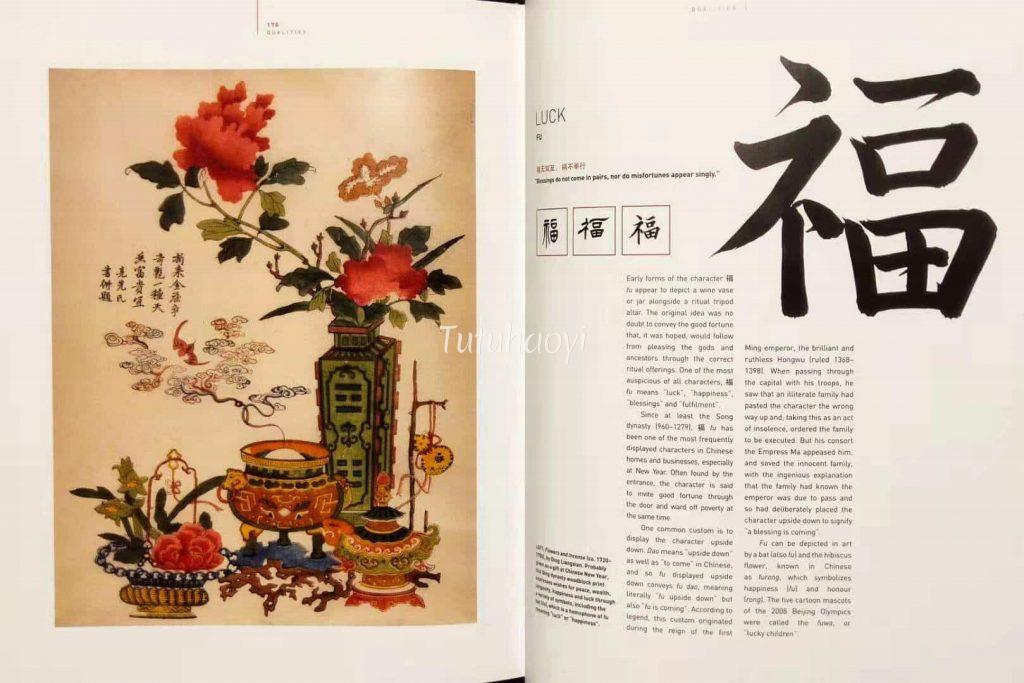
CATEGORIES
- auction(1)
- Book(4)
- Exhibition(6)
- Lecture(2)
RECENT POSTS
 August 27, 2023Chinese Cultural Relic Exhibition in Sydney 2023
August 27, 2023Chinese Cultural Relic Exhibition in Sydney 2023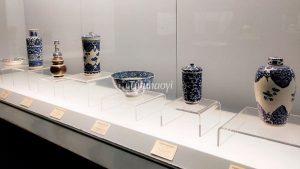 August 19, 2022Treasure of Prosperity: Nieuwenhuys Collection in the Shangh ...
August 19, 2022Treasure of Prosperity: Nieuwenhuys Collection in the Shangh ... December 22, 20212022 Calendar – A Selection of Oil Paintings by Yuhong Wang
December 22, 20212022 Calendar – A Selection of Oil Paintings by Yuhong Wang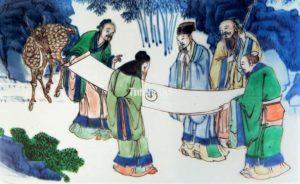 October 13, 2021Latest publication of a catalogue raisonné of the Sir Michae ...
October 13, 2021Latest publication of a catalogue raisonné of the Sir Michae ...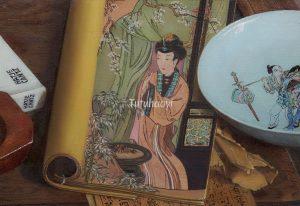 July 01, 2021Time Prism: 2021 Painting and Installation Exhibition by Ali ...
July 01, 2021Time Prism: 2021 Painting and Installation Exhibition by Ali ... May 16, 2021Chinese painting and calligraphy exhibition held by Australi ...
May 16, 2021Chinese painting and calligraphy exhibition held by Australi ...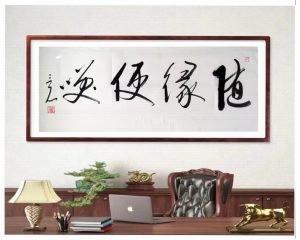 March 30, 2021Congratulations to the inauguration of AUS China Artist UN i ...
March 30, 2021Congratulations to the inauguration of AUS China Artist UN i ...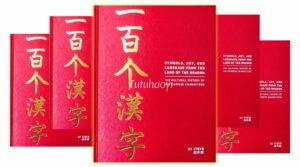 October 11, 2020Book Review: Symbols, Art, and Language from the Land of the ...
October 11, 2020Book Review: Symbols, Art, and Language from the Land of the ...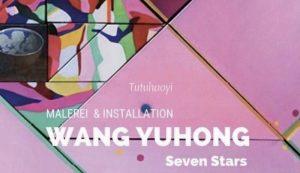 September 03, 2020Three Exhibitions, One Place – Eigenheim Berlin
September 03, 2020Three Exhibitions, One Place – Eigenheim Berlin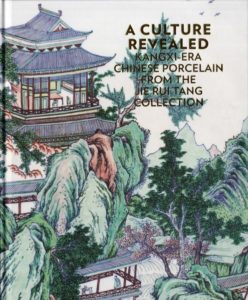 June 23, 2020Kangxi Porcelain from the Jie Rui Tang Collection
June 23, 2020Kangxi Porcelain from the Jie Rui Tang Collection